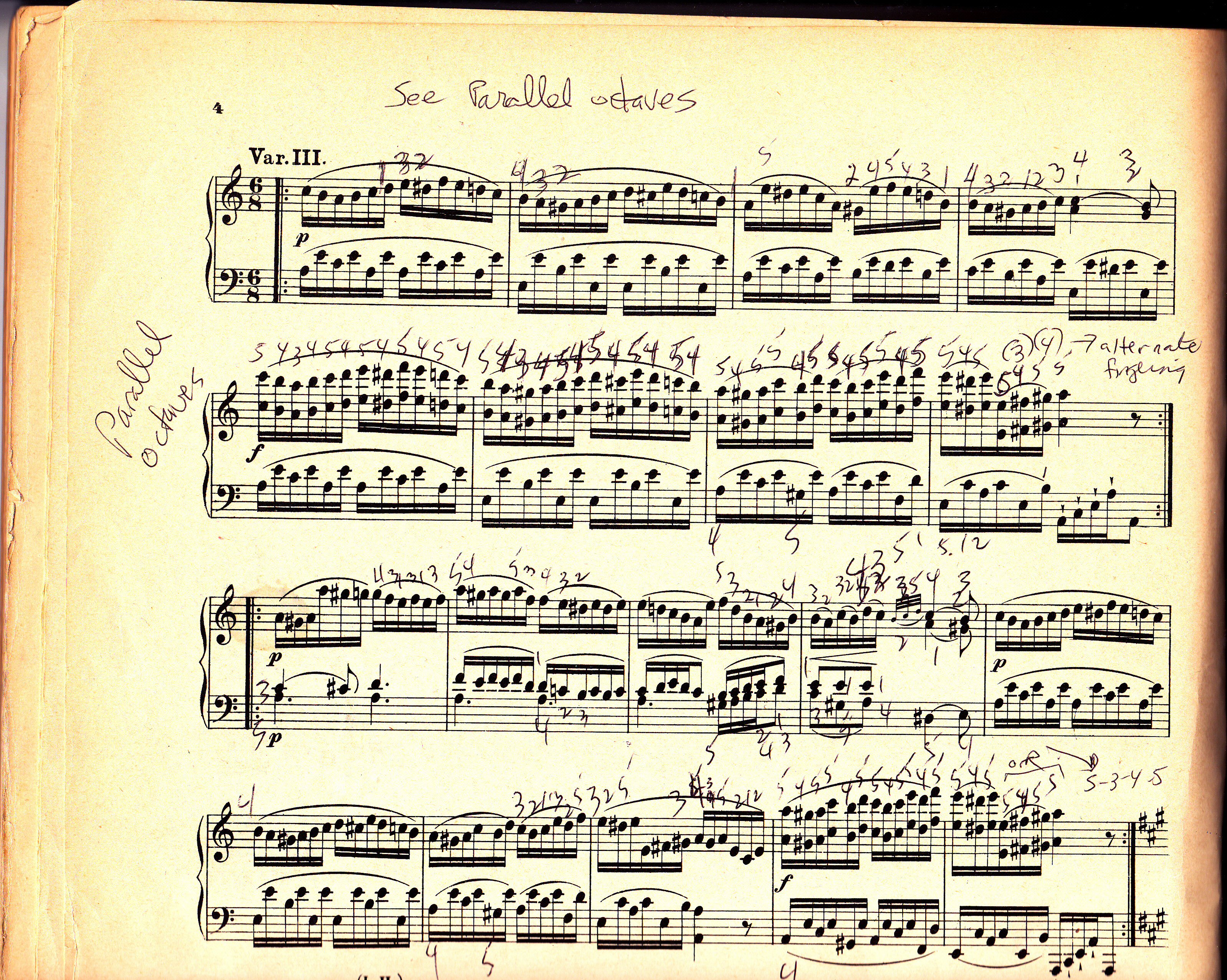
Deep compression: Compressing deep neural networks with pruning, trained quantization and huffman coding. Han Song, Mao Huizi, and Dally William J. IEEE Transactions on Neural Networks and Learning Systems, 29( 11): 5784– 5789, 2018. Ristretto: A framework for empirical study of resource-efficient inference in convolutional neural networks. Gysel P., Pimentel J., Motamedi M., and Ghiasi S. Musco: Multi-stage compression of neural networks. Gusak Julia, Kholiavchenko Maksym, Ponomarev Evgeny, Mar-keeva Larisa, Oseledets Ivan, and Cichocki Andrzej. In Advances in Neural Information Processing Systems, pages 4857– 4867, 2017. Learning to prune deep neural networks via layer-wise optimal brain surgeon. Iterative deep compression: Compressing deep networks for classification and semantic segmentation. Doda Sugandha, Fortes Rey Vitor, Hatami Nadereh, and Lukowicz Paul.

Drop an octave: Reducing spatial redundancy in convolutional neural networks with octave convolution. Chen Yunpeng, Fan Haoqi, Xu Bing, Yan Zhicheng, Kalantidis Yannis, Rohrbach Marcus, Yan Shuicheng, and Feng Jiashi. Tensorftow: Large-scale machine learning on heterogeneous distributed systems. Abadi Martín, Agarwal Ashish, Barham Paul, Brevdo Eugene, Chen Zhifeng, Citro Craig, Corrado Greg S, Davis Andy, Dean Jeffrey, and Devin Matthieu. Once you are finished, you can simply type “exit” at the linux command prompt to exit the SRUN session. You will now need to load the Octave module as described above and then start the Octave console: ~]$ module add ~]$ octaveģ. First, start an interactive SRUN session by running the command below with example resources: ~]$ srun -time=02:00:00 -nodes=1 -cpus-per-task=4 -pty ~]$Ģ.

To run the Octave interactive console, the following steps must be taken, in addition to using another command sequence.ġ. Please Note: All interactive Octave processing/simulation jobs should be run in an SRUN session, and NOT on the login nodes!.

' For more information about GNU Octave Parallel functions, please refer to the following documentation page: Running Octave on CIRCE/SC - Interactive Jobs Parallel batch jobs can be submitted using the same script above, but making use of the various parallel functions inside of your Octave input file. Running Octave jobs on CIRCE/SC - Parallel Batch Jobs
#Octave parallel serial#
Running Octave jobs on CIRCE/SC - Serial Batch Jobs There are two ways to run Octave on CIRCE depending on the runtime of your particular job: either through batch submission script, or interactively. For help on submitting jobs to the queue, see our SLURM User’s Guide. Your SLURM executables, tools, and options may vary from the example below.

Running Octave on CIRCE/SC - Non-Interactive Jobs GNU Octave requires the following module file to run: The Octave language is quite similar to Matlab so that most programs are easily portable. Octave is normally used through its interactive command line interface, but it can also be used to write non-interactive programs. It also provides extensive graphics capabilities for data visualization and manipulation. It provides capabilities for the numerical solution of linear and nonlinear problems, and for performing other numerical experiments. 4.1 Home Page, User Guides, and Manualsįrom the GNU Octave home page: GNU Octave is a high-level interpreted language, primarily intended for numerical computations.3 Running Octave on CIRCE/SC - Interactive Jobs.2.2 Running Octave jobs on CIRCE/SC - Parallel Batch Jobs.2.1 Running Octave jobs on CIRCE/SC - Serial Batch Jobs.2 Running Octave on CIRCE/SC - Non-Interactive Jobs.


 0 kommentar(er)
0 kommentar(er)
